Frederica Freyberg:
A first look tonight at the costs of climate change. If you’ve traveled, visited or lived in northwest Wisconsin over the past several years, you’ve seen destroyed roads and highways, ruined harbors, damaged homes and even fatalities. This is the result of repeated torrential rain and flooding events, and locals in that part of the state continue to struggle to rebuild infrastructure. Tonight, we take a deep dive into the issue starting with reporting from our partners at WisContext. Journalist Will Cushman traveled the region to understand what happened and why. What’s happening now and in the future to help. Will joins us now. Thanks a lot for being here.
Will Cushman:
Thanks for having me.
Frederica Freyberg:
So these were events from 2012, 2016 and 2018. What counties suffered?
Will Cushman:
Right. It’s seven counties in northwest Wisconsin that would be Douglas County which includes Superior as well as Bayfield and Ashland and Iron Counties, and then a little bit farther to the south, Sawyer, Washburn and Burnett counties.
Frederica Freyberg:
So was northwest Wisconsin hit harder than other regions?
Will Cushman:
That’s a really good question and I think people all over the state who have dealt with flash floods would also ask that question. The thing that’s different in northwestern Wisconsin is that these floods have been repeated, as you said. There’s one big one that hit Superior pretty badly in 2012, and then 2016 and 2018.
Frederica Freyberg:
Now, these events are different than what this part of the state or any part of the state has seen in the past, is that right?
Will Cushman:
Yeah, unprecedented rainfall in some locations from all of the floods. The 2016 flood was particularly bad in some regions. The Bad River which drains a large part of northern Wisconsin into Lake Superior reached record levels that were 50% beyond the previous record, just a huge 1,000-year flood there.
Frederica Freyberg:
So what were the costs of this?
Will Cushman:
In the tens of millions, just to public infrastructure alone. So in 2016, that estimate was at about $38 million to public infrastructure. The 2018 storm caused an estimated about $13 million and then millions of dollars more in 2012.
Frederica Freyberg:
Interestingly, your reporting shows that highway infrastructure in that part of the state has been historically underbuilt. What is that about?
Will Cushman:
Yeah, I thought that was pretty fascinating part of this reporting. So highway engineers use like a 100-year storm standard often to size culverts, which are the pipes that run streams underneath roads at stream crossings. Not all highway engineers do that but that’s kind of the common standard. So they were using, up in the region and everywhere else in the country, standards that were developed in the mid-20th century from precipitation data from the mid-20th century. There was an update just about the time of this first flood in 2012. And that update made officials realize that they were really underestimating the size of storms and so, therefore, the infrastructure in particular, the culverts were woefully inadequate for some of these really major storms that we’re now seeing.
Frederica Freyberg:
Meanwhile, one official said in your report that there is simply no money for this. Why is that?
Will Cushman:
Yeah, I talked to township and county officials all over the region and they all said they don’t have enough money. Some townships saw damage that cost, from a single storm, more than their entire annual budget, and then I talked to officials in Douglas County who also blamed state-imposed levy freezes that have been ongoing for years now, as well as the opioid crisis. In recent years, Douglas County has had to transfer hundreds of thousands of dollars out of its highway budget to cover the cost of the crisis.
Frederica Freyberg:
Wow. Great reporting. Will Cushman, thanks very much.
Will Cushman:
Thanks so much.
Frederica Freyberg:
You can read Will’s full report titled “Washed Away: Northwest Wisconsin Copes With The Costs Of A Changing Climate,” by going to WisContext.org.
Search Episodes
News Stories from PBS Wisconsin

Donate to sign up. Activate and sign in to Passport. It's that easy to help PBS Wisconsin serve your community through media that educates, inspires, and entertains.
Make your membership gift today
Only for new users: Activate Passport using your code or email address
Already a member?
Look up my account
Need some help? Go to FAQ or visit PBS Passport Help
Need help accessing PBS Wisconsin anywhere?

Online Access | Platform & Device Access | Cable or Satellite Access | Over-The-Air Access
Visit Access Guide
Need help accessing PBS Wisconsin anywhere?

Visit Our
Live TV Access Guide
Online AccessPlatform & Device Access
Cable or Satellite Access
Over-The-Air Access
Visit Access Guide
 Passport
Passport


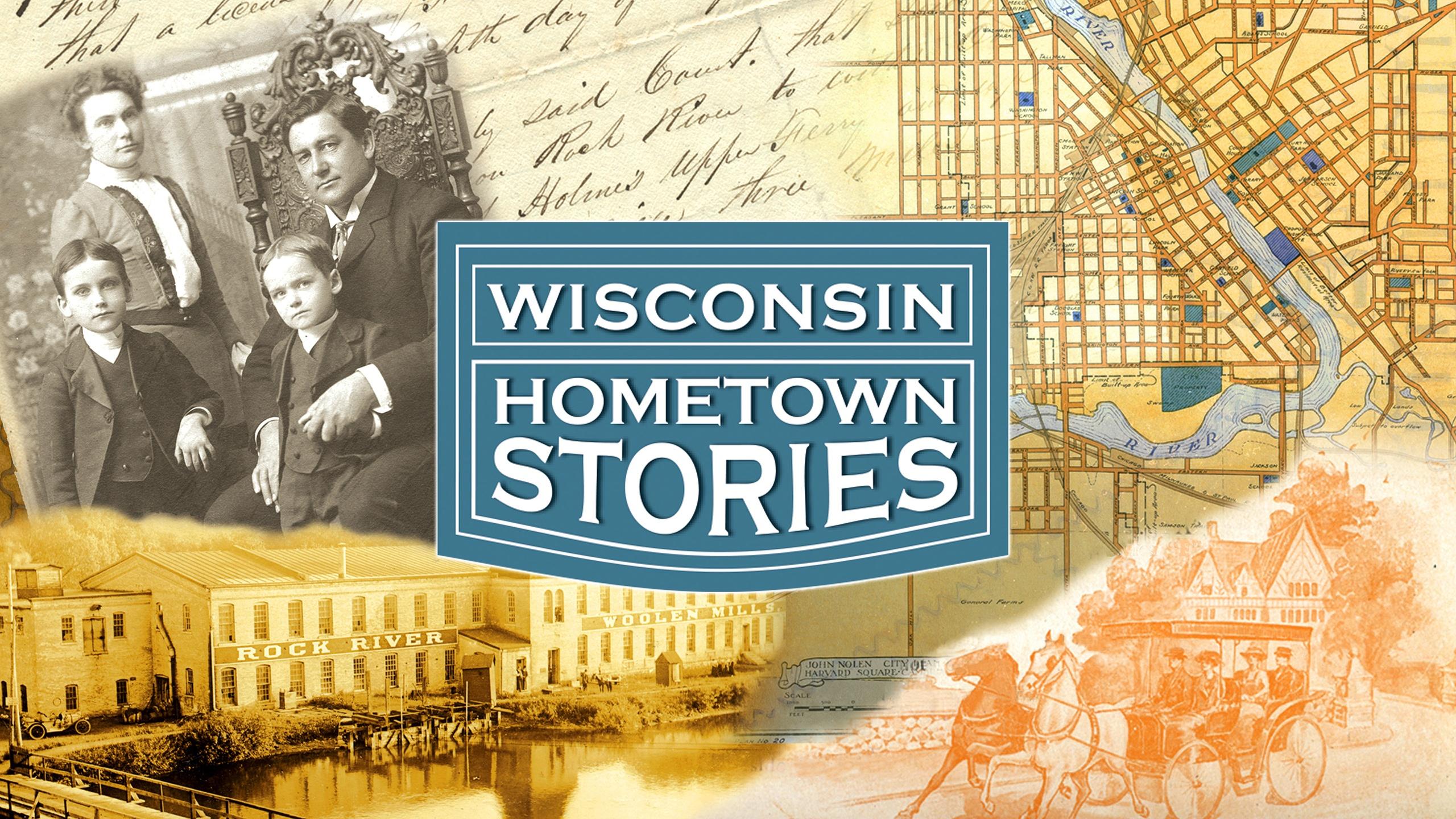


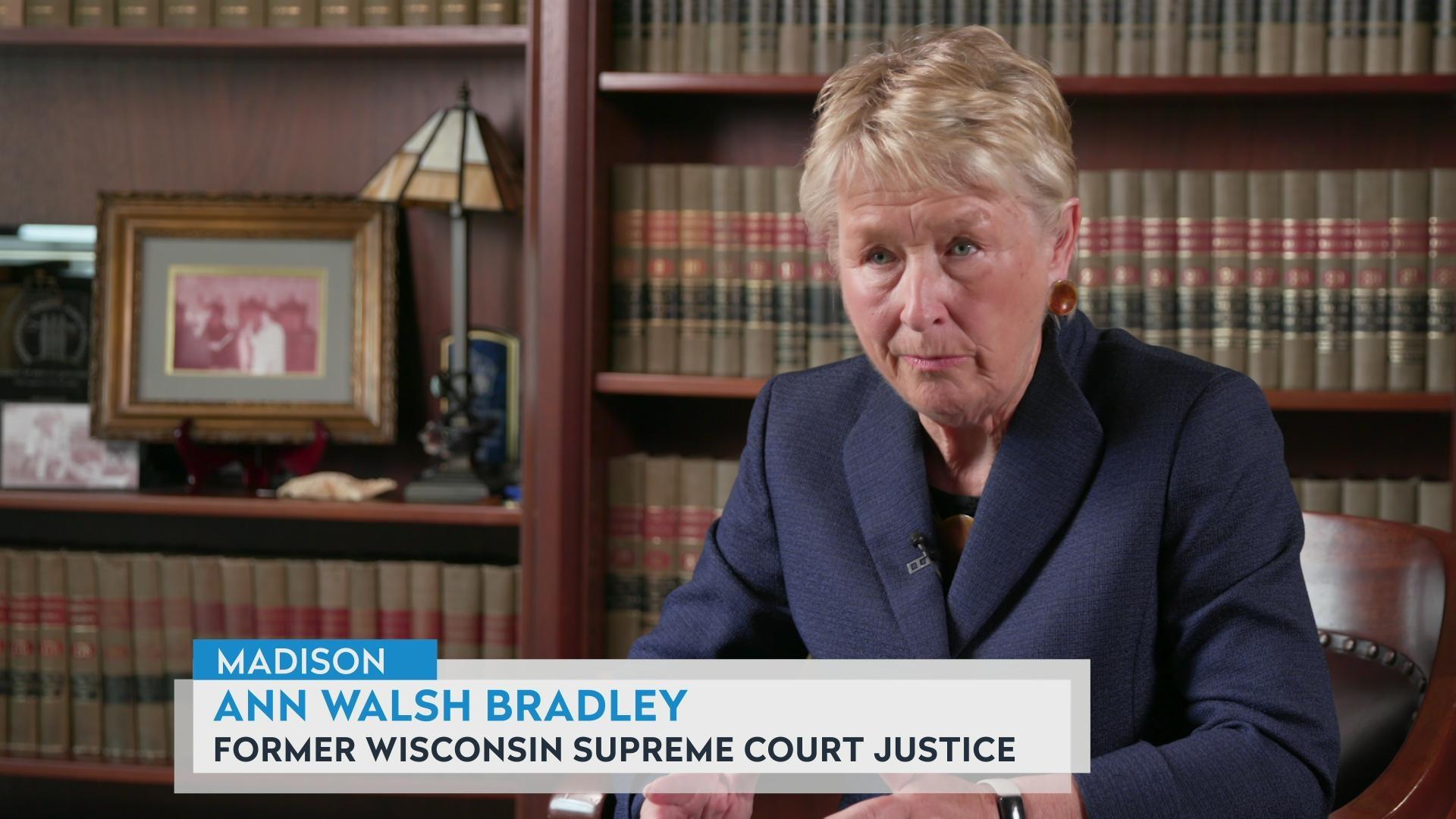
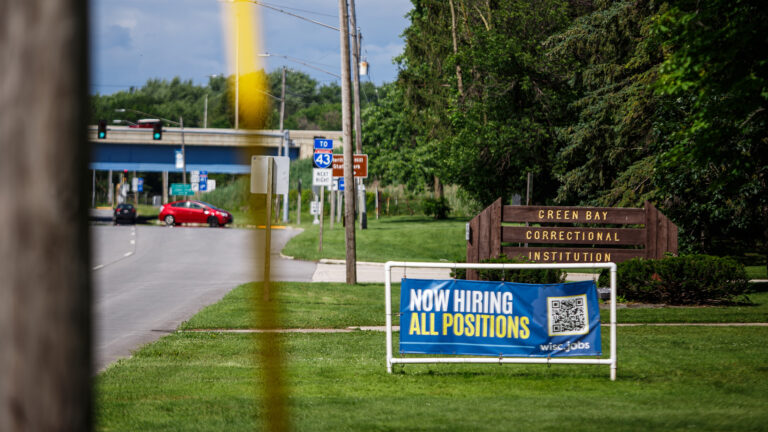
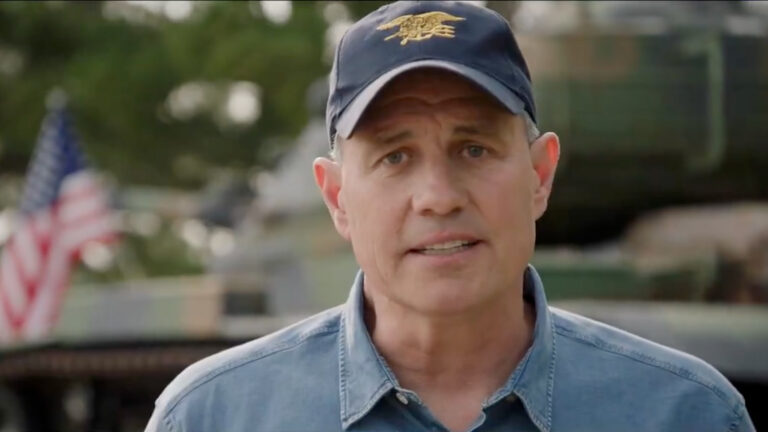


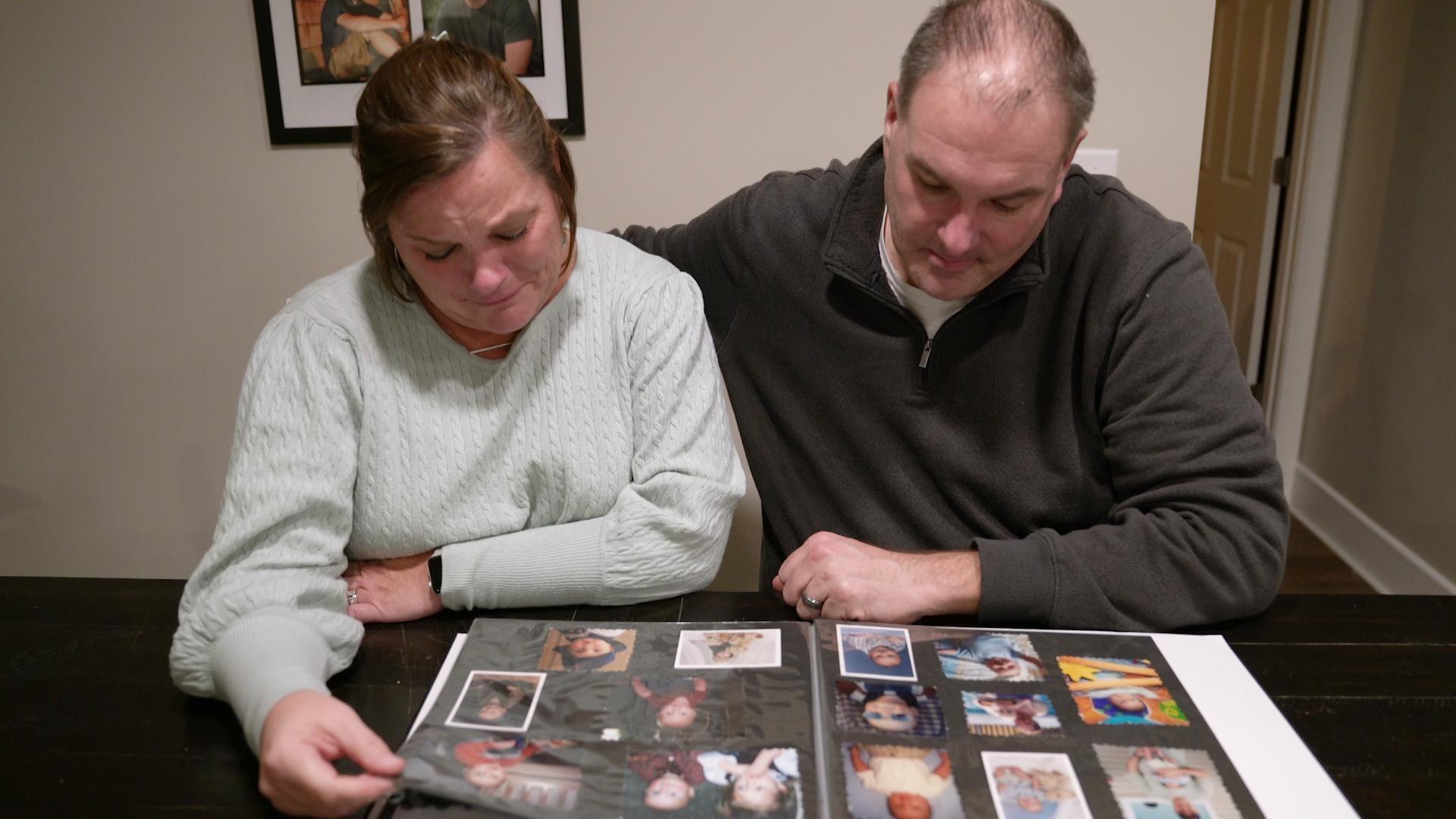
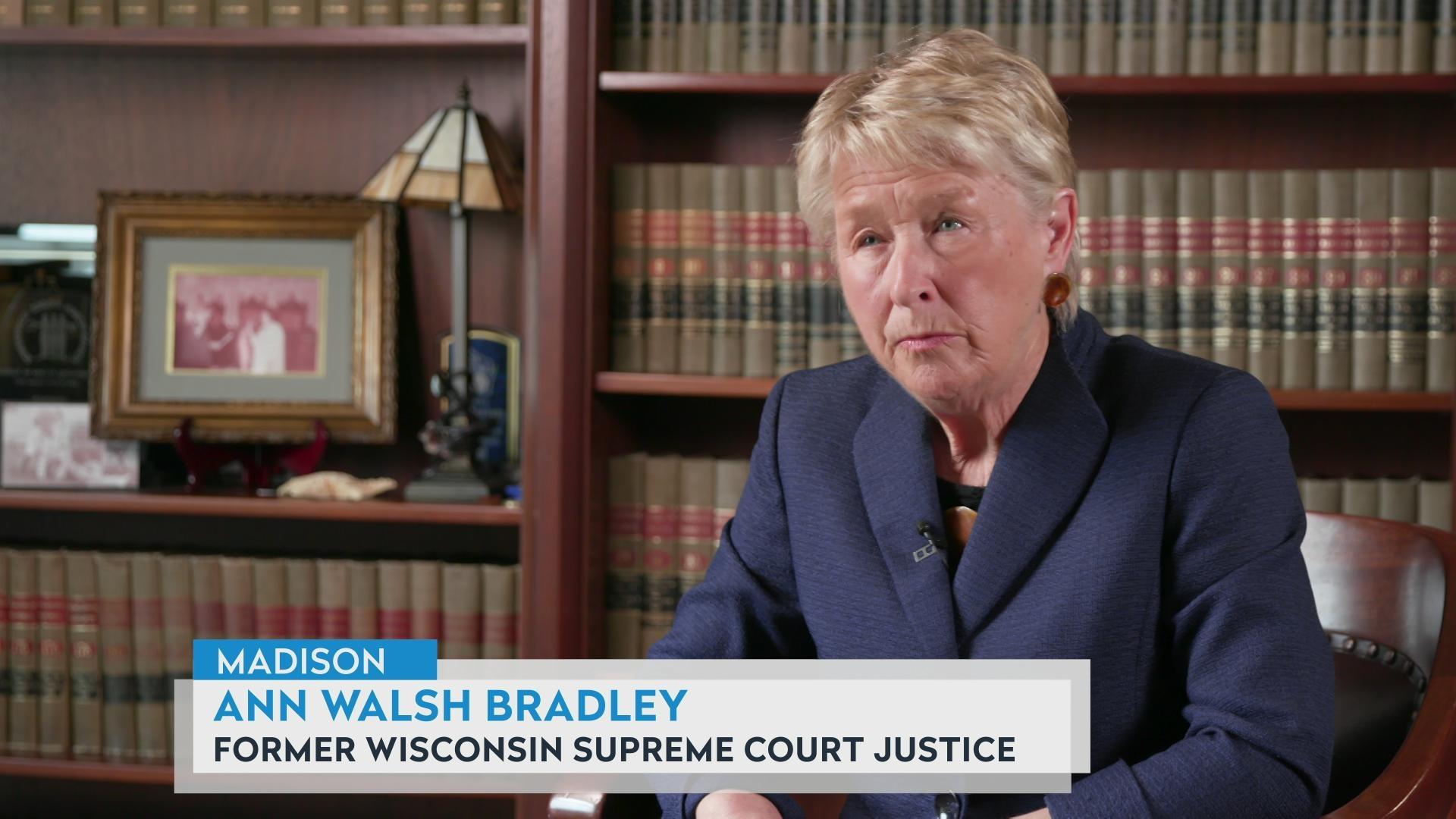
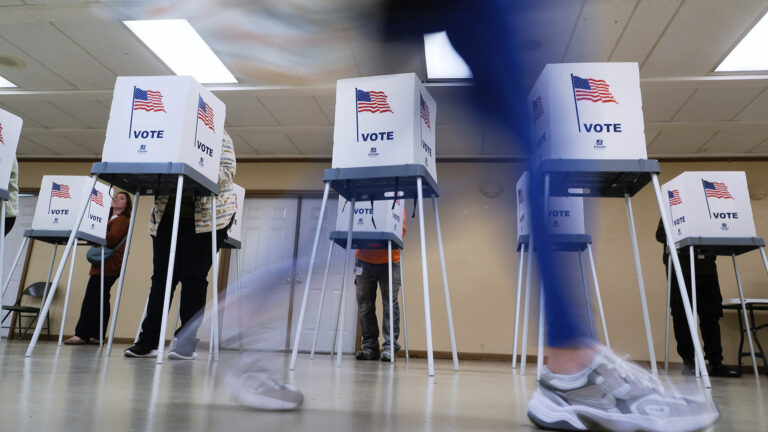
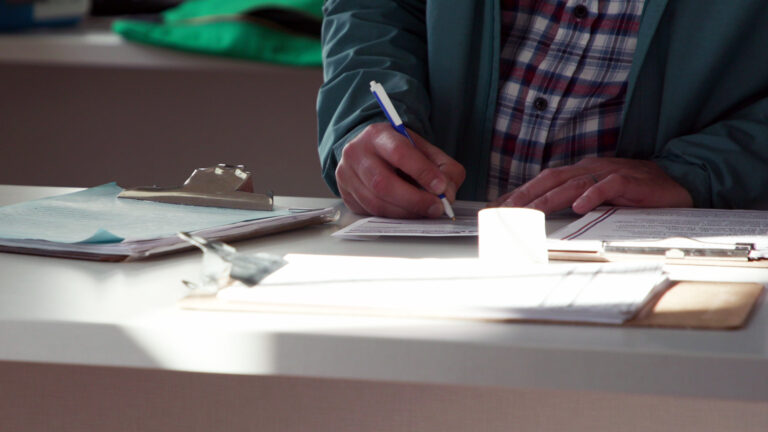
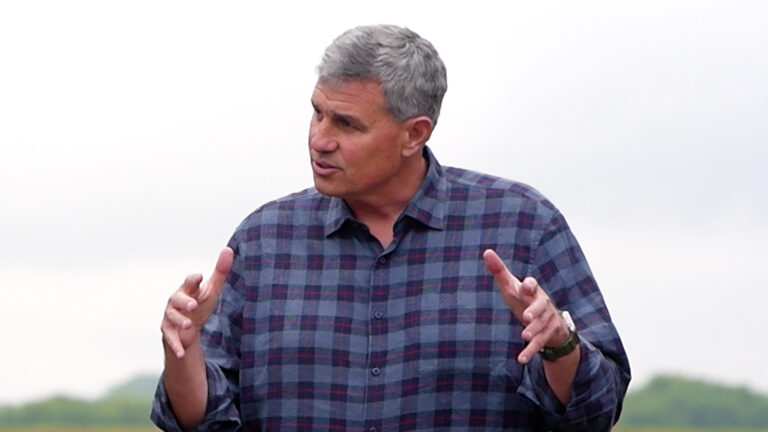
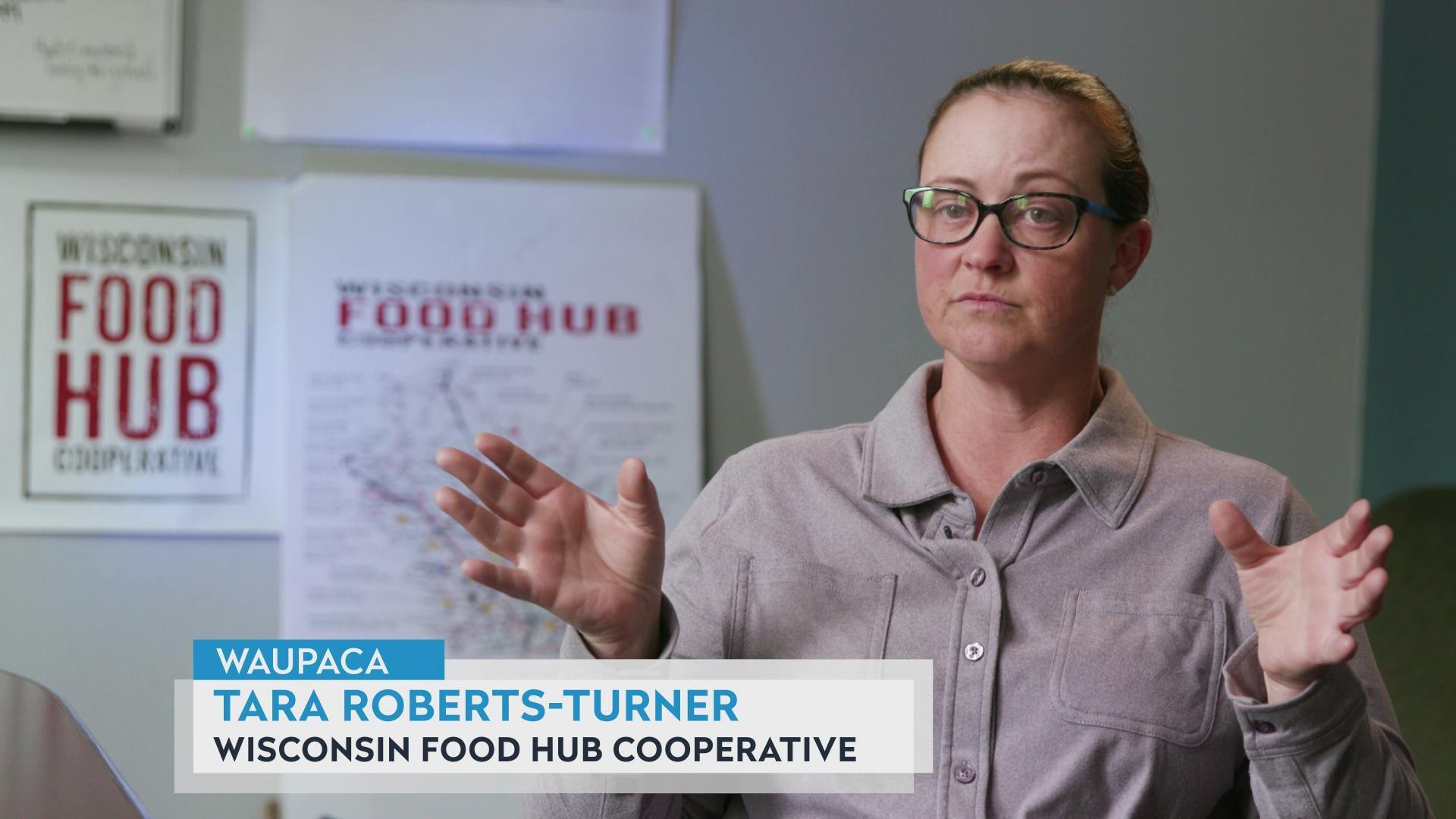
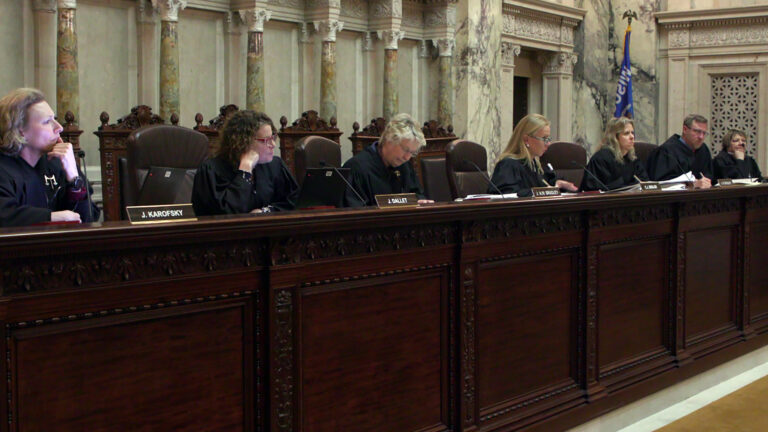

Follow Us